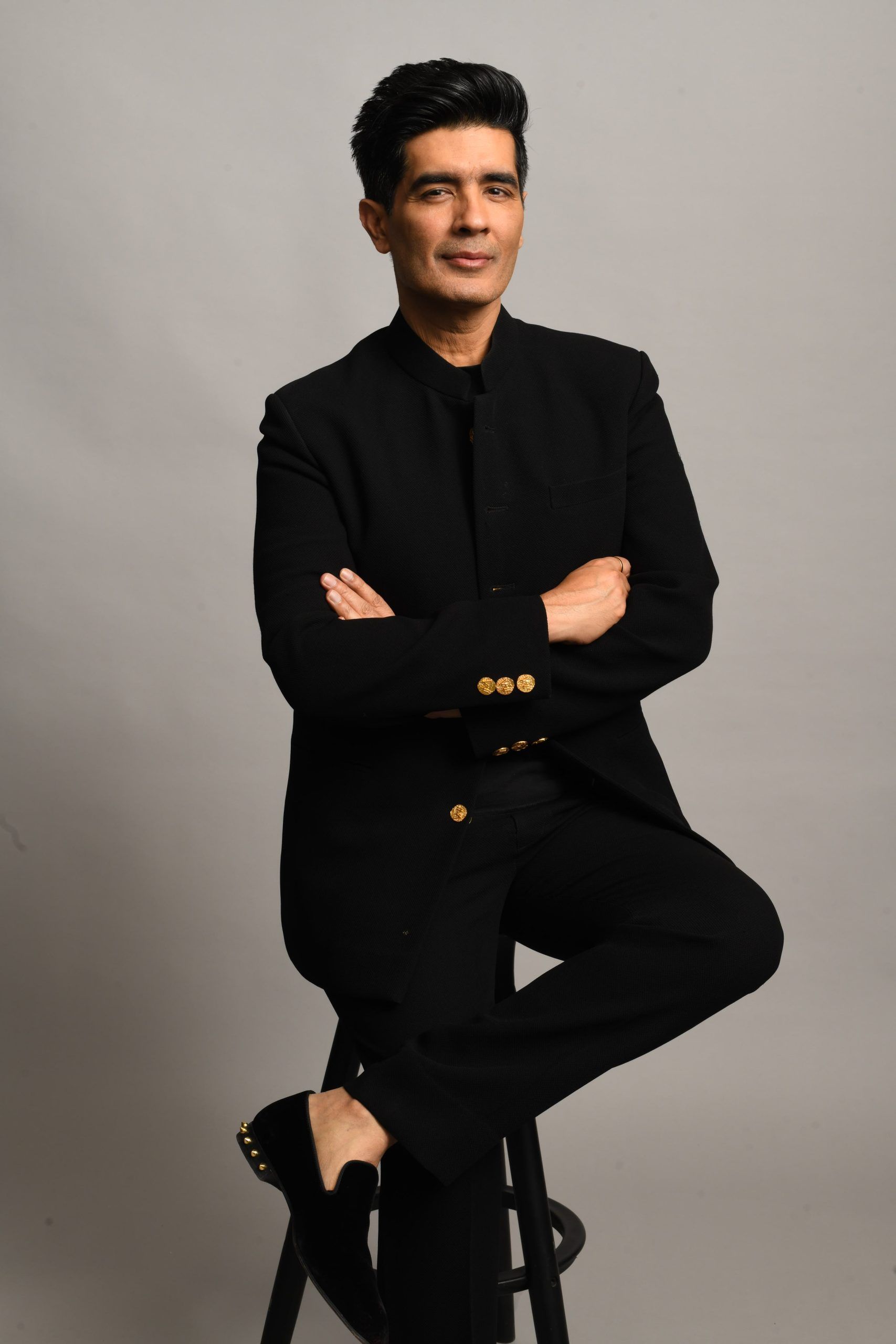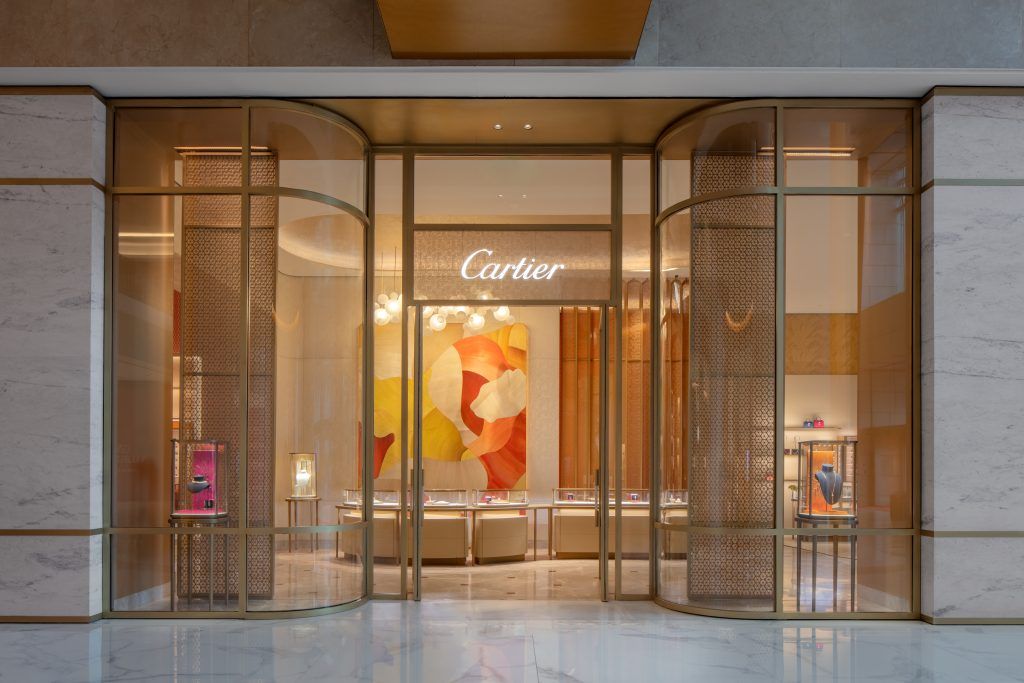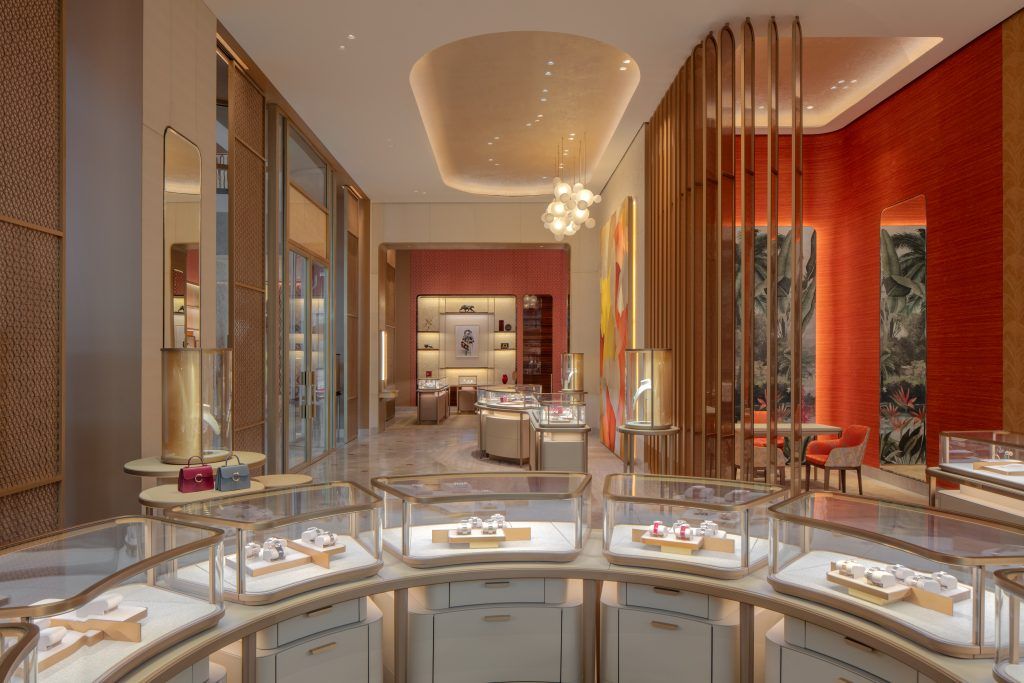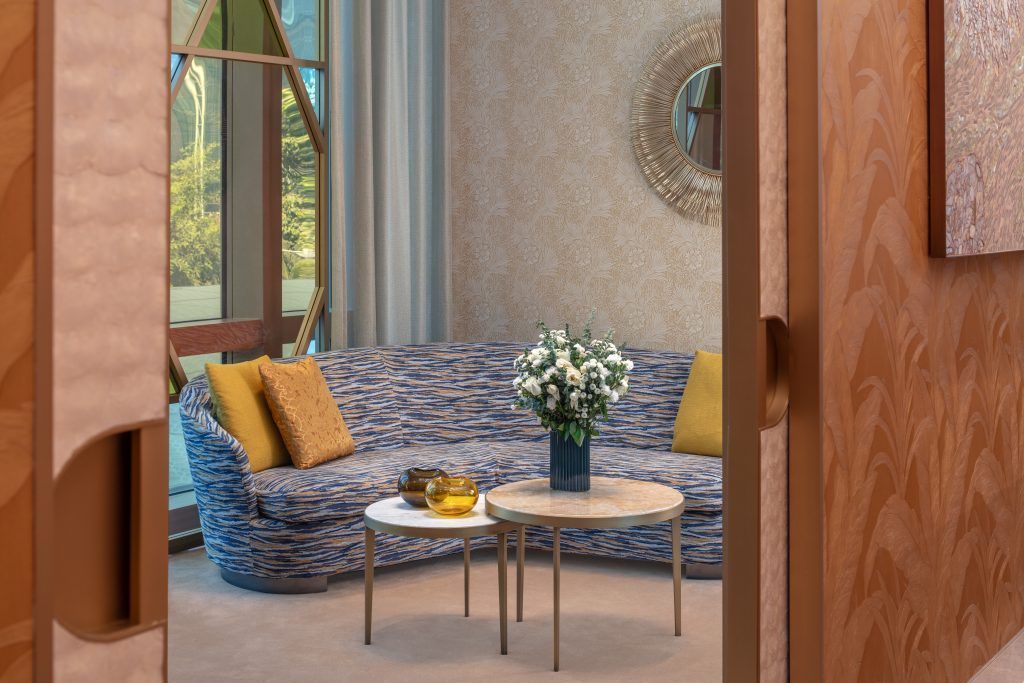The landscape of luxury in India has undergone a fascinating evolution over the past five years, with its allure woven into the fabric of the nation’s economic resurgence. As India marches on, it is becoming one of the most exciting economies to watch out for. Fashion designer Manish Malhotra believes that “the Indian consumer’s perception of luxury has evolved beyond a simple product-oriented mindset, there is a growing desire for distinctive and meaningful experiences.”
India is catching up to the rest of the world when it comes to luxury consumption, in some cases even exceeding that of other nations. Given the rise in standard of living, flourishing disposable incomes, and an increase in affluence, luxury brands are finding India a promising market. With that in mind, the opening of Jio World Plaza in Mumbai is set to provide India’s luxury market with a brand-new narrative.
Spanning over four levels and 750,000 sq. ft., it is the first of its kind in Mumbai, and second for the country following DLF Emporio in New Delhi. Jio World Plaza houses 66 luxury brands, some of which include Louis Vuitton, Cartier, Panerai, Balenciaga and Bulgari. “This monumental launch, marking the advent of India’s preeminent luxury emporium, signifies a strategic advancement for high-end brands seeking to fortify their foothold in the South Asian markets,” says Queenie Singh, former Miss India, founder of Jewels by Queenie, and co-founder of Beauty by BiE.
Drishti Jain, Head of Marketing and Communications at Cartier India shares insights on the brand’s resonance with the plaza, “the plaza’s dedication to creating an elegant and immersive indulgence perfectly complements Cartier’s ethos.” The unveiling of the new Cartier boutique at Jio World Plaza is a testament to the thoughtful integration of timeless richness and contemporary luxury. Under the sophisticated touch of Moinard Bétaille, every detail of the boutique’s design pays homage to the vibrant culture and history of the city, creating a space that reflects both Cartier’s heritage and the local narrative. Jain emphasises the significance of this integration, stating “the boutique’s design is a harmonious blend of enduring opulence and modern luxury. It speaks to the rich cultural tapestry of the city, creating an environment that resonates with both locals and those appreciative of Cartier’s global legacy.”
In addition to world-renowned international brands, Jio World Plaza also houses Indian designers, the list of which include Manish Malhotra, Abu Jani-Sandeep Khosla, Rahul Mishra, and Falguni & Shane Peacock
While the influx of international brands signals a shift in India’s luxury market, it also suggests increased competition. “To distinguish themselves, luxury brands must prioritise aligning with the cultural and aesthetic preferences of the Indian customer,” said Malhotra.
India’s Thriving Luxury Market
India’s luxury market has evolved from a nascent stage to a vibrant arena, driven by increasing disposable incomes and a shifting cultural mindset. The demand for high-end products and exclusive experiences has created a fertile ground for luxury brands to thrive.
India’s luxury market has witnessed unprecedented growth, riding on the aspirations of an expanding affluent class, and is expected to grow to Rs 82,186 crore (approx. US$9.8million) by 2027, which is a significant increase from Rs 53,561 crore in 2022, according to a report by Euromonitor International. The growing number of wealthy individuals in India is one of the main driving factors behind the demand for luxury goods. Singh eloquently observes, “the introduction of Jio World Plaza has precipitated a transformative shift in India’s luxury market, instigating discernible alterations in consumer preferences.” The surge in high-end retail sales, registering a substantial 20-30% upswing in luxury acquisitions subsequent to the Plaza’s inauguration, underscores the profound impact it has had on the market.
Providing an insight into where the luxury market in India could be headed, Manish Malhotra told BurdaLuxury, “In the next five years, I see the Indian luxury market expanding significantly. It will become more inclusive, catering not just to the ultra-rich but also to the burgeoning middle class that aspires to own luxury products.”
Malhotra further points out that while India has immense potential for luxury brands with a growing economy and an increasing number of affluent consumers, the main challenge is understanding the unique tastes of the Indian consumer, “the opportunity lies in tapping into a market that’s hungry for luxury but looking for a blend of global appeal and local relevance.”
Jio World Plaza and the World of Luxury
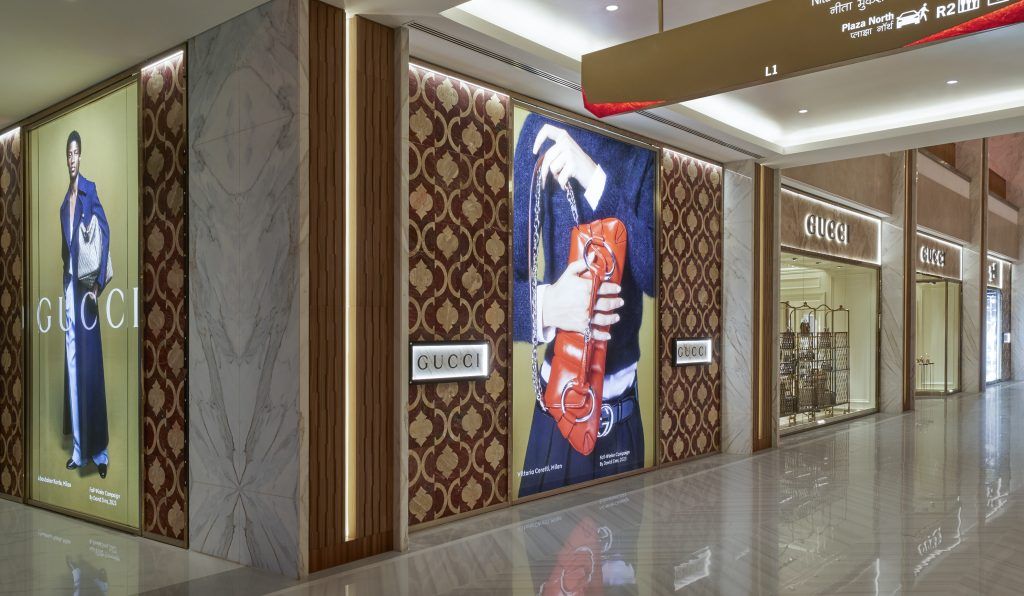
Amidst this flourishing landscape, the grand opening of the Jio World Plaza emerges not only as a symbol of opulence but as a potential economic powerhouse. The Plaza’s grandeur is amplified by its role as a magnet for international luxury brands seeking a prestigious home in India. With an impressive roster of global names gracing its corridors, the Plaza positions itself as a beacon for discerning consumers, offering a seamless blend of sophistication and variety. Jio World Plaza aims to be a space that is designed as an exclusive hub for retail, leisure, and dining. Being rooted in Mumbai’s dynamic and cosmopolitan character, along with its historical significance, Jio World Plaza is a strategic choice for attracting a diverse customer base. Singh further expounds on the Plaza’s influence, noting, “its meticulously curated assortment of top-tier brands and immersive environments has magnetized a discerning clientele, reshaping the contours of India’s luxury market and fostering intensified competition through an elevation of overall consumer experiences.”
State-of-the-art digital interfaces and immersive experiences within the Plaza redefine consumer engagement, setting a new standard for how luxury is not just bought but experienced. However, keeping their roots grounded in the Indian market, the infusion of Indian aesthetics and cultural elements within the Plaza’s architecture and offerings bridges the gap between global luxury and indigenous sensibilities, creating a space that feels uniquely Indian. As market dynamics evolve and Jio World Plaza establishes itself as a prominent luxury hub, brands are likely to unite to create innovative and exclusive offerings, enhancing the overall luxury landscape.
Adding to the long list of amenities and architecture, inside the mall are lavish retail stores which push the boundaries of creativity and luxury. A mix of both experiential and retail stores, together they have a larger impact on consumer behaviour and thus in turn spending capacity. “Lavish retail stores do tend to have a profound impact on consumer behaviour. The opulent ambience tends to elevate the perceived value of products, creating a sense of exclusivity and indulgence,” Manish Malhotra aptly mentions.
Looking Ahead
The rise of Jio World Plaza’s status as a luxury destination is likely to attract tourists seeking exclusive experiences. This, in turn, is believed to stimulate the hospitality sector, creating a ripple effect that contributes significantly to the tourism-driven economic growth of the region. Jio World Plaza stands at the vanguard of steering these transformative changes, ushering in a more dynamic and refined phase for the Indian luxury market.
The opening of Jio World Plaza thus is not just a haven for luxury enthusiasts, but a catalyst for economic prosperity. The Plaza’s influence on global investments, local businesses, job creation, and cultural vibrancy positions it as a transformative force in India’s thriving luxury market. To conclude, Malhotra says, “the launch of Jio World Plaza is a game-changer. It’s introducing a new era in luxury retail in India, shifting the focus from just products to an immersive luxury experience. This transformation is likely to create a more exclusive and personalized luxury market in India.”
Hence we can say that the luxury segment in India has undergone a transformative journey. In this dynamic landscape, a notable trend is the growing appetite for bespoke and personalized luxury experiences. Jain comments, “Customers today seek more than just a product; they crave a unique and personalized connection with the brand. This is reflected in the increasing demand for bespoke offerings and personalized services.”
Looking ahead, the luxury market in India has a bright future. “This surge is propelled by burgeoning disposable incomes, an expanding affluent class, and a notable shift in key brand differentiators towards personalized services and tailored experiences,” in the words of Singh. Projections indicate a substantial upswing with the Indian luxury market potentially attaining a valuation of $60 billion by the year 2025. This promising outlook is expected to attract investments and foster remarkable growth within the luxury sector.


